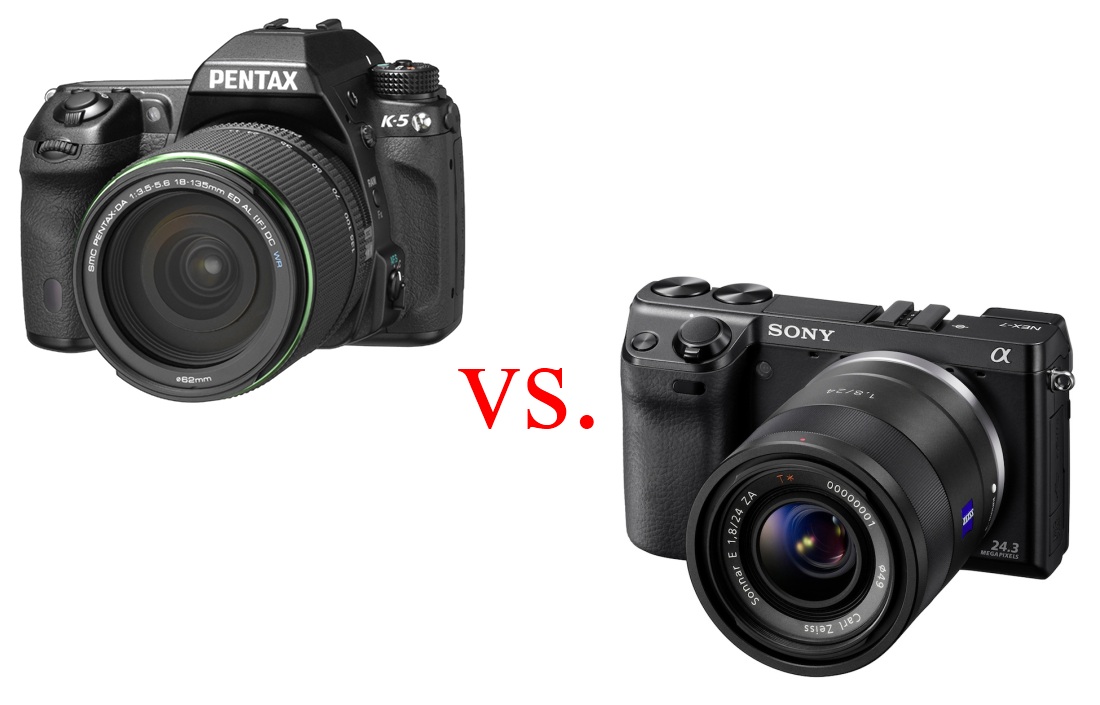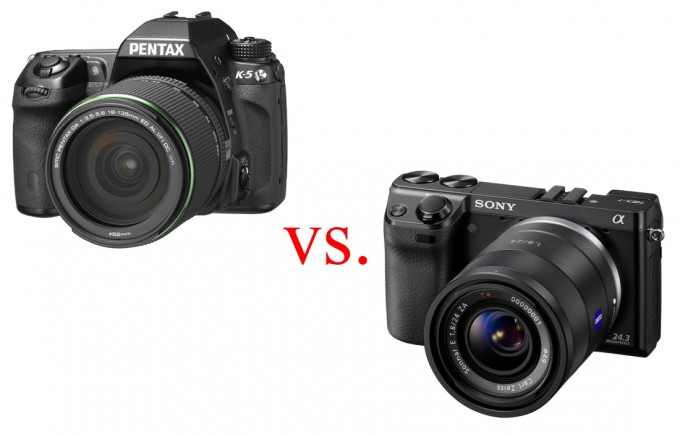Last Updated on 03/22/2012 by Chris Gampat
EVIL, MILC, CSC — the designations are manifold. But whatever you call them, one thing is clear: the relatively recent species of mirrorless interchangeable-lens cameras is on the rise. And now, for the first time, they have begun to outsell the more traditional DSLR cameras on their home market, Japan. According to Olympus’ European Product Manager Claudia Baehr in an interview over at TechRadar, the market share of mirrorless system cameras in Japan is now at about 50%, first outselling DSLRs in December 2011. In Britain, the market share of evil MILC-CSCs is about 30%, and about 20% in the US, with DSLRs still going strong on both markets. (These numbers refer to units newly sold, not to overall usage.)
It all began back in 2008 with the introduction of the Panasonic G1, the first ever digital mirrorless system camera — neglecting the digital rangefinder cameras, which not only have their heritage back in the days of film, but also play in a different league price-wise. The completely new Micro Four Thirds system was a small revolution. Making away with the mirror that is used in traditional DSLRs to project the image coming from the lens into the viewfinder, the space between lens and sensor could be reduced drastically. In combination with the small form factor of the Four Thids system sensors (1/2 the diameter of the classic 35mm format), this allowed for much smaller lens designs than had been possible so far with large-sensor cameras (save for the Sigma DP-series, which uses fixed lenses that allow for an even more compact design).
Back then, it was entirely unclear whether the concept would become a success — let alone if it would ever be able to rival the market position of DSLRs. It was also unclear whether this type of camera would ever be suited for professional photographers, or if it would stay a nice toy for amateurs and enthusiasts looking for good quality in a small package. Today, we know more. With the advent of other mirrorless systems like the Sony NEX system, the Samsung NX system or the latest Nikon 1 system, CSCs (the official designation which stands for “Compact System Camera”, which is a bit misleading in my eyes) have not only begun, but are continuing their triumphant advance. And this is due not only to their popularity with amateurs and enthusiasts. We know now that these systems are able to offer the same image quality as classic DSLR systems, if not even rival them — which is why they are also popular with professionals, who use them not only in their spare time, but even for commercial projects.
Does the DSLR even stand a chance against CSCs in the future, then? I guess we cannot definitively answer this question yet. There are a lot of thinkable reasons why DSLRs will continue to be used by professionals and amateurs alike — one being the fact that optical viewfinders are still superior to their electronic counterparts. But at the current rate of technological process, it is only a matter of time until the mirrorless systems will have advanced to a point where they are at least on the same level with DSLRs. While I am sure that also DSLRs will profit from new technologies, I, personally, am convinced that the future belongs to the mirrorless systems.
Please Support The Phoblographer
We love to bring you guys the latest and greatest news and gear related stuff. However, we can’t keep doing that unless we have your continued support. If you would like to purchase any of the items mentioned, please do so by clicking our links first and then purchasing the items as we then get a small portion of the sale to help run the website.



